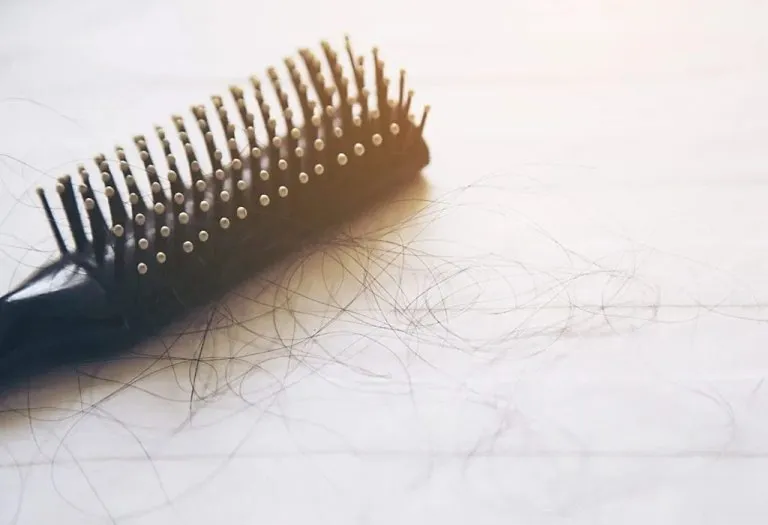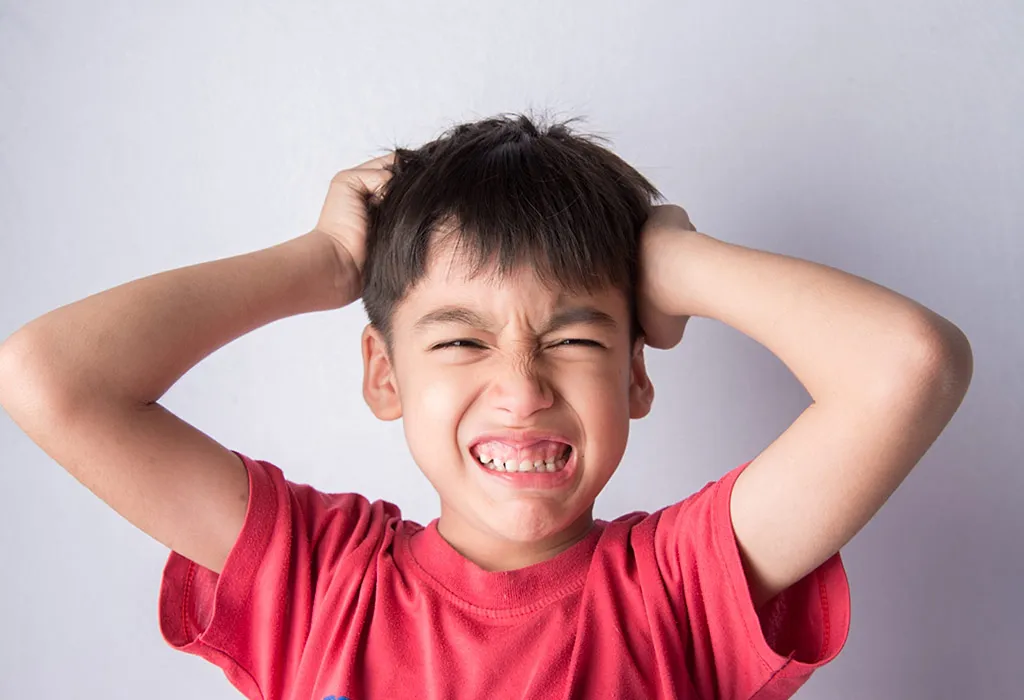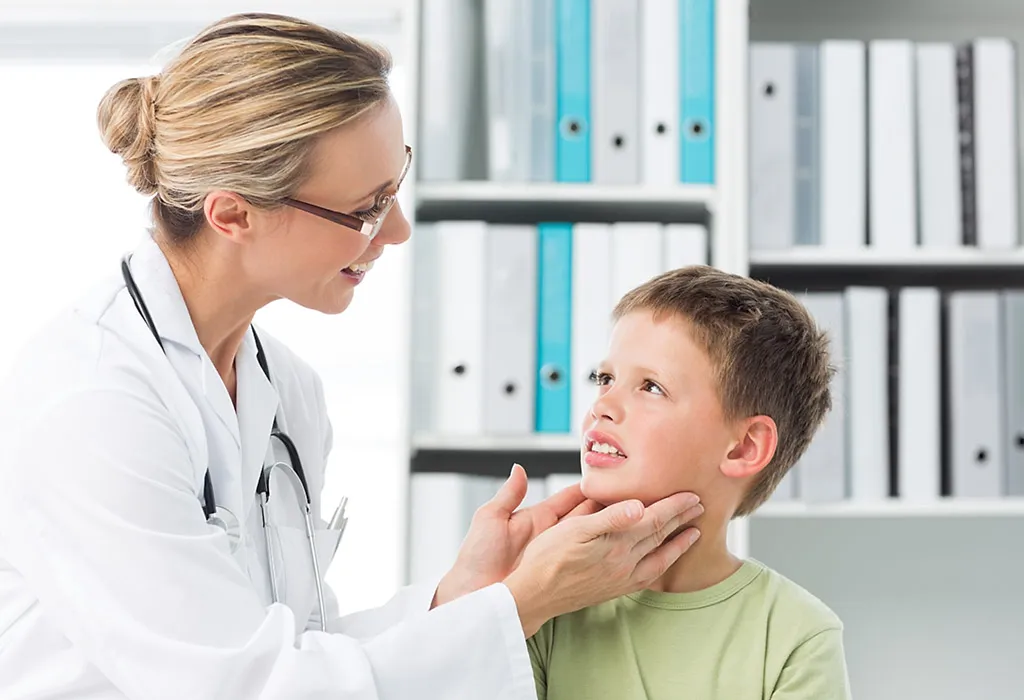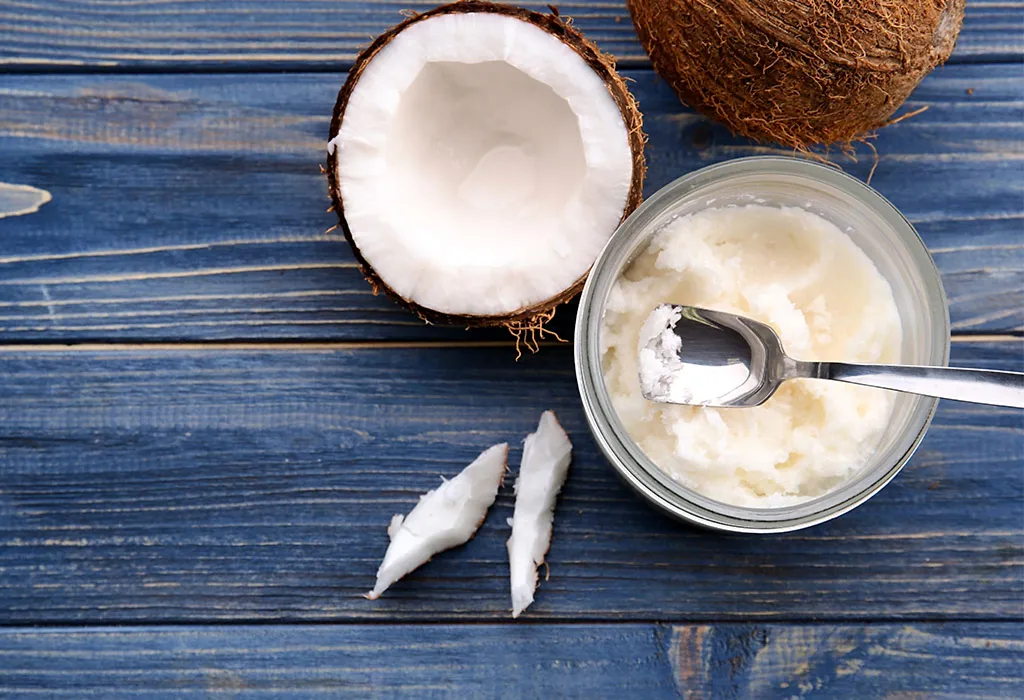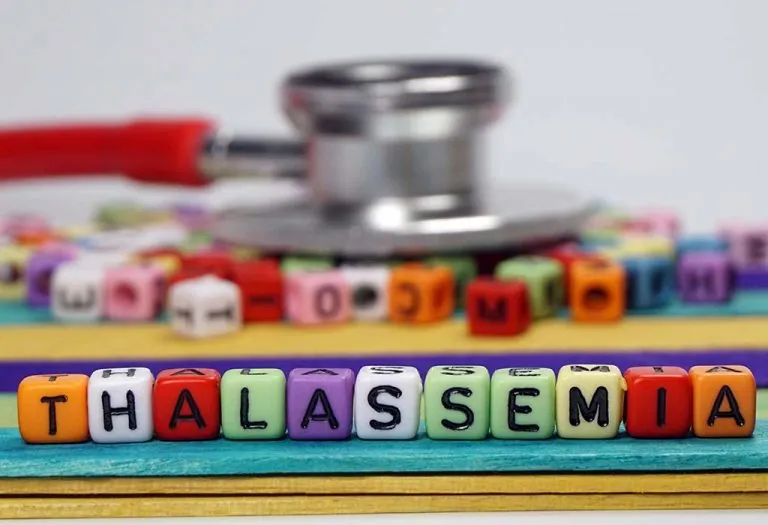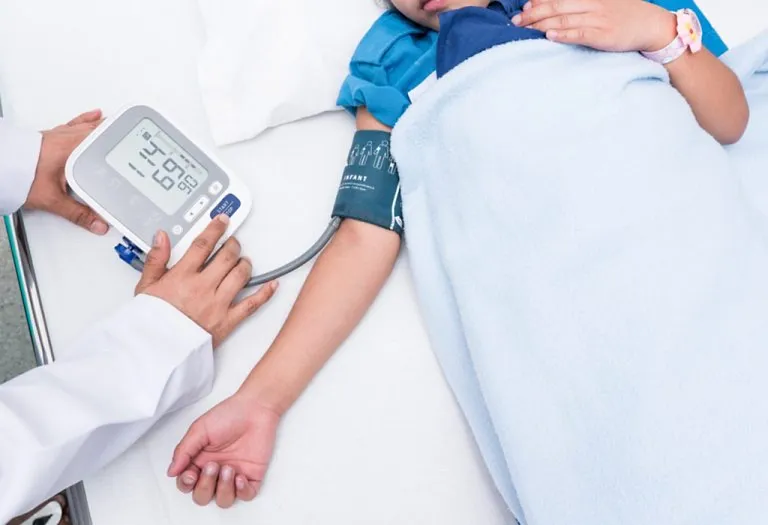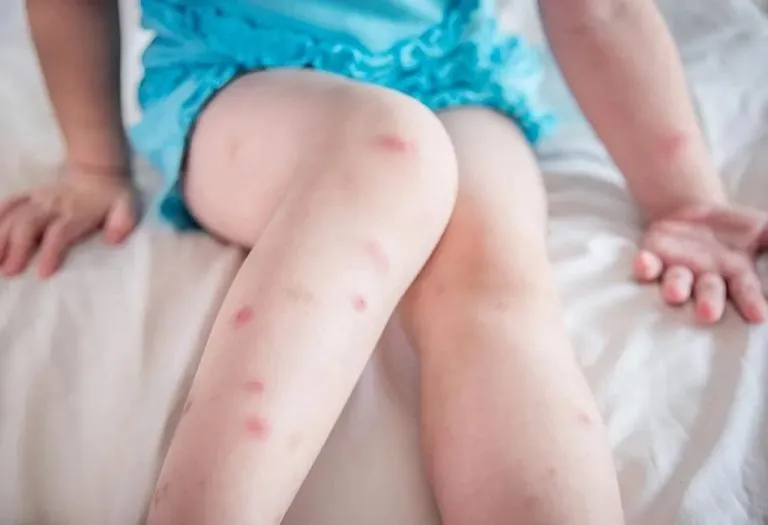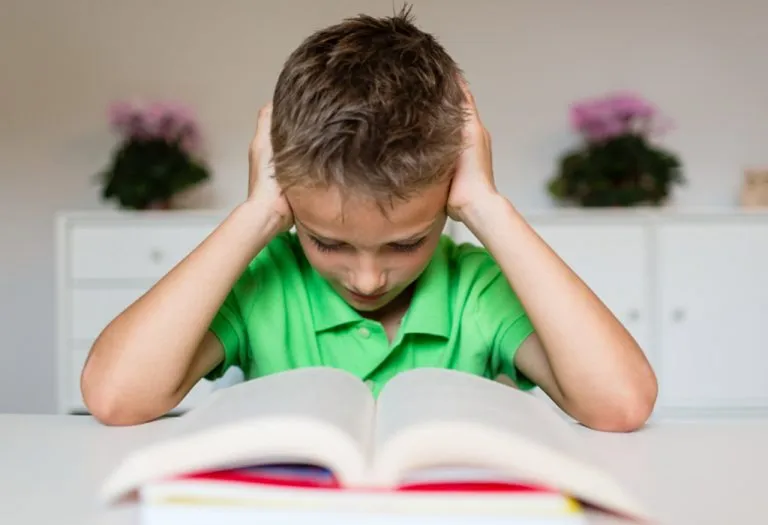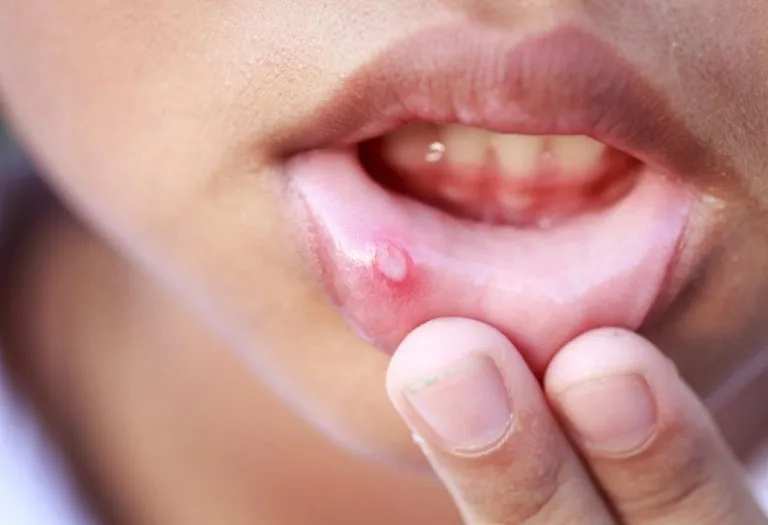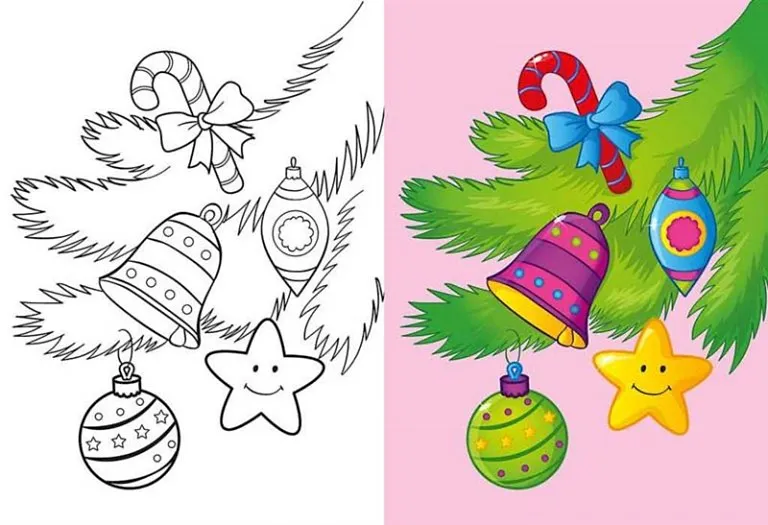Hair Loss in Children – Causes, Diagnosis and Treatments
Hair loss, or alopecia in children, can be a concerning issue for parents, often prompting questions about its causes, diagnosis, and potential treatments. While shedding a few strands is a normal part of the hair growth cycle, persistent or excessive hair loss in children may indicate underlying health conditions or environmental factors that require attention. Children with hair loss lose their confidence and self-esteem, and you wouldn’t want your child to go through that. Read on to understand the various reasons behind hair loss in children for timely diagnosis and effective management, ensuring the well-being and confidence of children.
How Common Is Hair Loss in Children?
Hair loss in children is not as prevalent as in adults. However, it varies depending on the type and cause of the hair loss. Some factors like stress, illness, or nutritional deficiencies can lead to more frequent occurrences. Other types, like alopecia areata, are less common but can still affect a significant number of children (9).
Medical Causes of Hair Fall in Kids and Treatments
Medical conditions are biological or physiological changes that lead to hair growth reduction or hair loss in children. These conditions require medical supervision and prescription medications for effective treatment. Here are a few common reasons of what can cause alopecia in a child:
1. Tinea Capitis
Tinea Capitis is denoted by scaly red areas or itchy patches on the scalp. Black dots appear where hair strands break off, and swollen lymph nodes accompanied by low-grade fever are common symptoms of this infection.
Causes
Fungi, known as dermatophytes, cause patchy bald spots or ringworms on the scalp, called Tinea Capitis (2). It is transmitted from person to person through physical contact and poor hygiene. Using used combs and bedding and coming into contact with house pets prone to this infection also contribute to developing this infection.
Diagnosis
Doctors do a visual examination for diagnosis. A special light known as the ‘Wood’s Lamp’ is used to examine and determine signs of infection on the scalp. Hair or skin samples are taken and sent to the lab for running fungi tests under a microscope.
Treatment
Doctors prescribe Griseofulvin and Terbinafine Hydrochloride for the treatment of Tinea Capitis. These antifungal medications, along with high-fat foods, are taken up to six weeks to prevent the development of fungal infections.
2. Alopecia Areata
Alopecia Areata is a condition that causes hair loss in certain regions of the scalp or all areas of the body (1). Its origins are traced back to family history, and the disease is found in people with familial medical histories of Type 1 Diabetes or Rheumatoid Arthritis.
Causes
There are no specific known causes for Alopecia in children. It is believed that certain environmental factors trigger this disease in those who are genetically predisposed to it.
Diagnosis
Diagnosis is done by assessing the amount of hair loss due to this infection or by collecting hair samples and examining them under a microscope. A scalp biopsy and blood tests for the presence of abnormal antibodies are also performed as part of diagnostics.
Treatment
Radiation therapies such as photo-chemotherapy are effective treatments for this disease. Steroid injections, corticosteroid creams, and certain medications for hair growth stimulation, such as Minoxidil (Rogaine), are also used to treat this infection.
3. Trichotillomania
Trichotillomania is a mental disorder which involves compulsively pulling out hair strands due to stress or anxiety (3).
Causes
Psychological symptoms are the underlying cause of Trichotillomania, and some experts believe that this is linked to OCD (Obsessive Compulsive Disorder) syndrome.
Diagnosis
Recurrent hair pulling is the common diagnosis of Trichotillomania. Since this is more of a behaviour-based disease than a fungal infection, doctors diagnose it through consistent hair-pulling habit detection.
Treatment
Seeking emotional and mental help through support groups and behavioural therapies forms the core of Trichotillomania treatment in children. Doctors may prescribe anti-depressant medications and mood enhancers such as Anafranil, Zyprexa, and N-acetylcysteine to ease symptoms and assist with treatment.
4. Telogen Effluvium
Telogen Effluvium is a type of non-scarring Alopecia infection that leads to diffuse hair loss in children (5). The infection persists for a longer duration in those with a history of it.
Causes
Telogen occurs when normal hair follicle cycles are interrupted in children due to genetic high fever or extreme stress. The hair follicles enter a resting phase known as the ‘Telogen’, which is further accompanied by excessive shedding or severe hair loss.
Diagnosis
There are currently no specific diagnostic tests for determining Telogen Effluvium. To assess this disease’s presence in children, the physician’s experience, followed by a visual examination, is usually used.
Treatment
No specific treatments are available for this infection. Once the stressful period is over, hair follicle growth returns within a period of six months to a full year
5. Nutritional Deficiency
Nutritional deficiencies arise when the body lacks enough nutrients for proper growth and development. Nutritional deficiencies lead to various health problems in children, including hair loss (6).
Causes
Hair loss in children vitamin deficiency is linked to a lack of Vitamin H and Zinc in diets. Zinc fuels hair follicle growth and regulates hair development in childhood. Biotin converts carbohydrates to glucose for fuelling the body, and a poor diet void of biotin is one of the main reasons for hair loss in kids.
Diagnosis
Blood tests and consultations with a certified clinical nutritionist are the main modes of diagnosis for Nutritional Deficiencies in children. Changes in appearance, fatigue, and lack of proper body development are linked to symptoms of diagnosis.
Treatment
A healthy diet rich in vitamins, essential amino acids, and minerals is an effective treatment. Speak to a doctor before giving your child nutritional supplements.
6. Endocrine Problems
The Endocrine is a collection of glands in the human body that secrete hormones for various target organs. Endocrine problems or disorders typically lead to hair loss increase in children.
Causes
Endocrine problems such as Hypothyroidism, where the thyroid gland is underactive and does not produce enough thyroid hormones, result in hair loss (4). Lack of a regulated metabolism due to endocrine symptoms is linked to hair loss in children.
Diagnosis
Diagnosis is done by running thyroid gland scans and blood tests to assess the extent of this condition.
Treatment
Hormone replacement medications are given to treat endocrine-related problems. The medications prescribed depend on your child’s age, tolerance, and overall health. Consult with a certified paediatrician to learn about treatment options and expectations.
Non-Medical Conditions and Solutions
The non-medical causes of hair loss in children are:
- Hair strands tied too tight in braids, ponytails, and barrettes
- Using too much heat to dry hair
- Combing wet hair with combs and brushes (pre-mature combing)
- Newborn hair loss during the initial few months, which grows back with time
Use shampoos low in chemicals and made from natural substances. Make sure you do not tie your child’s hair too tight. Drying hair with a fuzzy towel and avoiding combing wet hair are natural ways to reduce hair fall in children. Educate your child not to pull hair compulsively and cope in ways that are emotionally and psychologically healthy to deal with the daily stresses of life in school.
Home Remedies for Hair Loss in Children
Although it is imperative to get your young tot treated for children’s hair loss due to reasons tracing back to medical conditions, specific home remedies can also naturally help with hair loss and recovery in children. Here are home remedies for hair loss in children that are highly recommended:
1. Coconut Oil
Coconut oil cleanses pores and nourishes the scalp. It acts as a hair conditioner and even fights against dandruff. The oil aids hair follicle growth and regulates hair health by providing a voluminous look.
2. Olive Oil
Strengthens hair, prevents hair fall, and nourishes the scalp. Alternatives to Olive oil are jojoba oil, mustard oil, and neem oil.
3. Nutritious Diet
Foods rich in vitamins A, C, E, zinc, iron, and biotin aid with hair fall treatment and promote hair growth. A healthy diet combats nutritional deficiencies, a primary cause of hair fall in children.
4. Apple Cider Vinegar
It is an age-old remedy that supplies the body with essential nutrients and enables it to generate the required nutrients for treating hair loss. Consult your child’s doctor before incorporating this home remedy.
5. Nutritional Supplements
Certain vitamin supplements and nutritional aids such as Biotin restore hair follicle growth in children. If your child’s diet is not working, consult the doctor before using dietary supplements.
6. Amla Juice
Amla or Indian gooseberry juice stimulates hair follicle growth and prevents hair loss by strengthening hair strands. It is often mixed with other oils, such as coconut and almond.
7. Hair Care Routine
Establishing healthy hair care routines that prevent hair abuse can go a long way in naturally treating hair loss in children. Ensure the hair care products they use are organic and chemical-free to regulate blood circulation and follicle growth on the scalp.
Coping With Hair Fall in Children
Alopecia in kids can present challenges in their daily lives, including social interactions and emotional well-being. From being teased in school to feeling inadequate due to being different, it is imperative as a parent to support your child emotionally and psychologically before and after the child’s hair loss treatment. Here’s what you can do:
- Tell your child it’s alright to be bald and that lacking hair doesn’t make her different.
- Emotionally support your child by telling her it’s okay to go through this phase and that treatment takes time.
- Additionally, build up your child’s self-esteem by being nonjudgmental and showing that you care about what she is and not how she looks.
- Allow your child to be provided with accessories like scarves and caps if she wants to conceal the affected areas on the scalp.
- If your child wants to wear a wig, let her unless the doctor advises against it because it promotes fungal infections.
- If your child is a teenager, educate her about hair loss concepts and provide her with clarity on her condition. Also, tell her about the mode of treatment and how long it will last.
When to Consult a Doctor?
A child’s hair falling out can be a concerning issue for parents, prompting them to seek medical advice to determine the underlying cause and potential treatment options. While some hair shedding is normal, persistent or unusual hair loss patterns require medical attention. Here are some key indicators prompting consultation with a doctor:
- Sudden or severe hair loss
- Patchy bald spots on the scalp or body
- Redness, scaling, or itching associated with hair loss
- Hair loss accompanied by other symptoms like fatigue, weight loss, or changes in appetite
- Hair loss occurring after a recent illness, medication, or stressful event
- Family history of autoimmune diseases or hair loss disorders
FAQs
1. Do genetics play a role in hair loss in children?
Genetics can play a significant role in hair loss in children, mainly if there is a family history of conditions like alopecia areata or pattern baldness (7).
2. How can parents emotionally support a child experiencing hair loss?
Parents can support their children emotionally by providing reassurance, understanding, and a safe space to express their feelings about hair loss. Encouraging positive body image, focusing on inner qualities rather than outward appearance, and seeking professional counselling or support groups can also be beneficial.
3. Can emotional or psychological factors contribute to hair loss in children?
Yes, emotional or psychological factors can contribute to hair loss in children. Stress, anxiety, trauma, or emotional upheaval can trigger a condition called alopecia areata, characterised by noticeable patches of hair loss (8).
4. Is hair loss in children preventable?
While not all cases of hair loss in children are preventable, maintaining a healthy diet, managing stress, practising good hygiene, and avoiding excessive hair manipulation or trauma can help reduce the risk of certain types of hair loss.
Childhood hair loss can be distressing for both children and parents, but with the right blend of hair care routines and healthy lifestyle habits, your child will see her hair grow back quickly. Consult a doctor immediately if you notice signs of hair fall, and do not delay it since you don’t want a temporary case to turn permanent. With emotional support, proper hygiene habits, and following your doctor’s advice, your kids can wave hair loss goodbye in due time.
References/Resources:
1. Wallace. K; Hair Loss (Alopecia) in Children; American Academy of Pediatrics; https://www.healthychildren.org/English/health-issues/conditions/skin/Pages/Hair-Loss-Alopecia.aspx
2. Hay. R. J; Tinea Capitis: Current Status; PubMed Central; https://www.ncbi.nlm.nih.gov/pmc/articles/PMC5283510/
3. Trichotillomania (Hair Pulling); Nemours KidsHealth; https://kidshealth.org/en/teens/trichotillomania.html
4. Hussein. R. S, Atia. T, Dayel. S. B; Impact of Thyroid Dysfunction on Hair Disorders; PubMed Central; https://www.ncbi.nlm.nih.gov/pmc/articles/PMC10492440/
5. Asghar. F, Shamim. N, Farooque. U, Sheikh. H, Aqeel. R; Telogen Effluvium: A Review of the Literature; PubMed Central; https://www.ncbi.nlm.nih.gov/pmc/articles/PMC7320655/
6. Almohanna. H. M, Ahmed. A. A, Tsatalis. J. P, Tosti. A; The Role of Vitamins and Minerals in Hair Loss: A Review; PubMed Central; https://www.ncbi.nlm.nih.gov/pmc/articles/PMC6380979/
7. Gokce. N, Basgoz. N, Kenanoglu. S, et al.; An overview of the genetic aspects of hair loss and its connection with nutrition; PubMed Central; https://www.ncbi.nlm.nih.gov/pmc/articles/PMC9710406/
8. Saraswat. N, Shankar. P, Chopra. A, et al.; Impact of Psychosocial Profile on Alopecia Areata in Pediatric Patients: A Case Control Study from A Tertiary Care Hospital in Eastern Uttar Pradesh; PubMed Central; https://www.ncbi.nlm.nih.gov/pmc/articles/PMC7292469/
9. Al-Refu. K; Hair Loss in Children: Common and Uncommon Causes; Clinical and Epidemiological Study in Jordan; PubMed Central; https://www.ncbi.nlm.nih.gov/pmc/articles/PMC3999647/
Also Read:
Scalp Problems in Children
Home Remedies for Head Lice in Kids
Premature White and Grey Hair in Children
How to Care for Your Child’s Curly Hair?
Was This Article Helpful?
Parenting is a huge responsibility, for you as a caregiver, but also for us as a parenting content platform. We understand that and take our responsibility of creating credible content seriously. FirstCry Parenting articles are written and published only after extensive research using factually sound references to deliver quality content that is accurate, validated by experts, and completely reliable. To understand how we go about creating content that is credible, read our editorial policy here.





